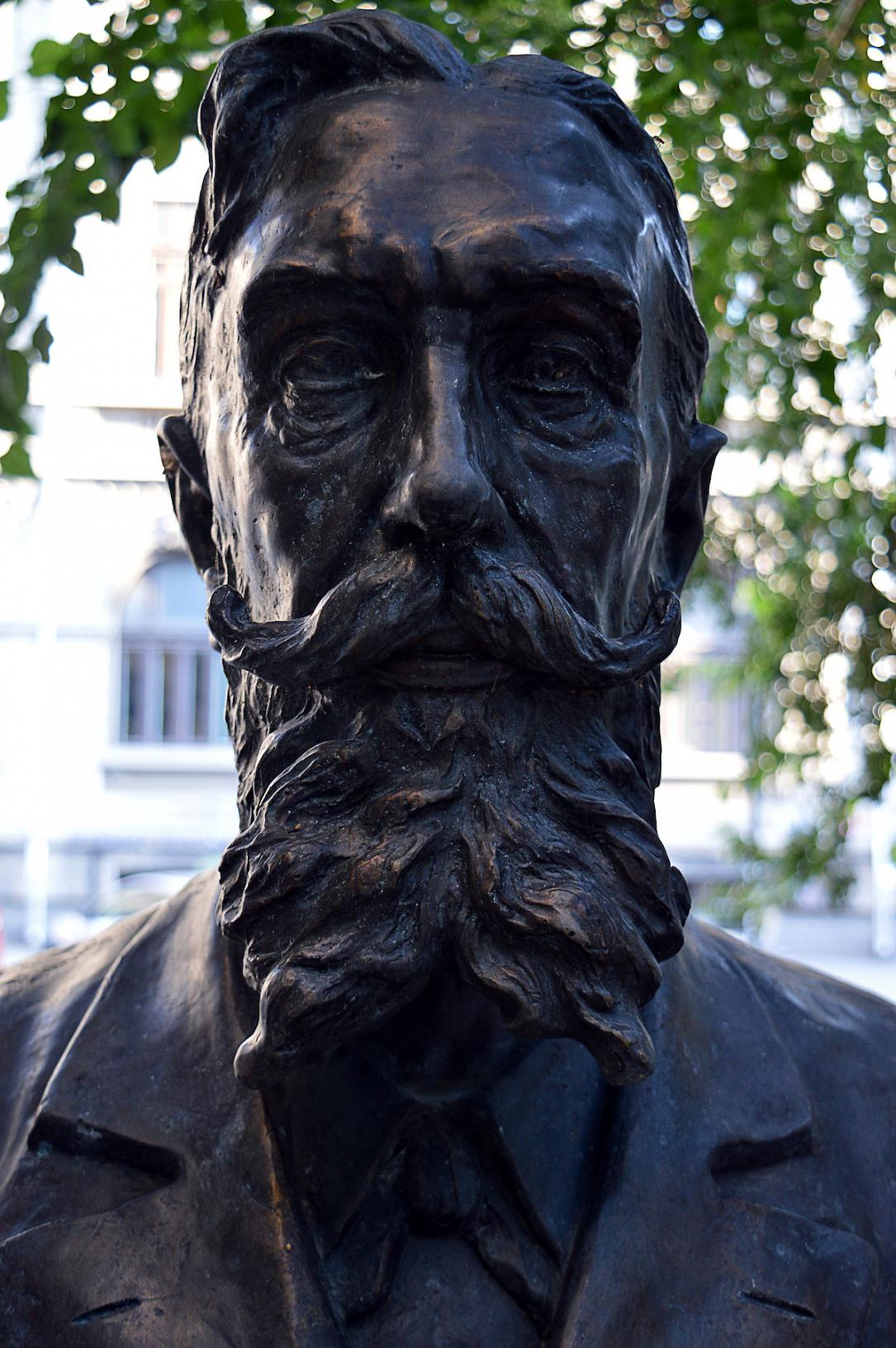Bucharest Centennial: Ion Mincu, a pioneer of modern Romanian architecture



Check the full series of articles dedicated to the Centennial on Romania-Insider.com here.
Some call him the father of modern Romanian architecture while others say he was the founder of the Romanian school of architecture. It only shows that Ion Mincu was and will remain one of the most important Romanian architects. He promoted a Romanian style in the local architecture, as well as formed the generation of architects in the first part of the 20th century. An important academic institution is now named after him - the University of Architecture and Urbanism in Bucharest. His works were inspiration for many other Romanian architects of the last century and he still inspires young architects.
Born in Focşani in 1852, young Ion Mincu studied at the Unirea High School in his hometown until 1871, after which he received his diploma of engineer at the National School of Bridges and Roads in Bucharest, which he graduated in 1875. His next step was to go to Paris where he attended the courses of the National School of Fine Arts under the guidance of professors Refny de Louanges and Jules Guadet. He thus received his second diploma, that of architect.
In Paris, he was a colleague of other Romanian architects such as George Sterian, Ion N. Socolescu and Alexandru Săvulescu. It was in Paris where he was also noted for his talent as an architect, being awarded the Prize of the Central Society of French Architects in 1883.
Back at home, Ion Mincu began designing his first works, as well as contributed to the establishment of the School of Architecture of the Romanian Society of Architects, and started teaching. For 14 years, until 1912, he was also a professor at the National School of Architecture’s projects workshop, and then at the Superior School of Architecture in Bucharest. He was also president of the Romanian Architects Society between 1903 and 1912. Previously, for four years, until 1899, Ion Mincu was a deputy in the Parliament of Romania.
Ion Mincu died six years before the Great Union of 1918, but stayed in history as one of the pioneers of Romania's modern architecture. He promoted a Romanian style in architecture, inspired mainly by specific Romanian elements, a style also known as the neo-Romanian architecture. This new style of architecture combines mainly elements of rural architecture, ancient Romanian architecture and church design.
Some of the most important architectural works designed by Ion Mincu in Bucharest are the Lahovari House, the Buffet on the Kiseleff Road, the Nicolae Petrașcu House in Romană Square, and the Central School of Girls. Mincu also restored the Stavropoleos Church and the Vernescu House in Bucharest, participated in the renovation of the Monteoru House, designed some of the tombs in Bellu Cemetery, and decorated the interior of the Palace of Justice.
Important projects of Ion Mincu's architecture are to be found in other cities in Romania as well. Among them are Villa Robescu in Sinaia (1897), with ornaments specific to the Romanian fortified mansions in Oltenia region (known as “cule” in Romanian), the Administrative Palace in Galați (1905-1906), and the Trade Bank Palace in Craiova (started in 1906 and finalized in 1916 by C. Iotzu).
In recognition of the extraordinary contributions made by Ion Mincu to the Romanian School of Architecture and the field of architecture as a whole, the University of Architecture and Urbanism in Bucharest has been named after him since 1953. This is the oldest institution of its kind in Romania, and the main state university institution dedicated to training specialists in the field.
In 2012, Ion Mincu was declared post-mortem a member of the Romanian Academy. Today, a street in Bucharest is named after him. The Arhitect Ion Mincu Street links the Ion Mihalache Boulevard to the Aviatorilor Boulevard.
Sources: Romaniaistorica.ro, Enciclopediaromaniei.ro, Wikipedia, Uauim.ro, Istorie-pe-scurt.ro
editor@romania-insider.com
(photo source: Adobe Stock; picture of Ion Mincu's statue)
